Elegant, Easy, and Irresistible: Sautéed Langostino Recipe
If you’re looking to impress your guests or treat yourself to a quick gourmet dinner, this sautéed langostino recipe might just become your new go-to seafood dish. Langostinos—often described as a cross between shrimp and lobster—offer a delicately sweet, buttery flavor and a luxurious texture that screams elegance without the hefty price tag or prep work of traditional lobster.
Whether you’re a seasoned home cook or a beginner looking to elevate your weeknight meals, this dish delivers on both flavor and simplicity. In under 20 minutes, you can create a restaurant-worthy seafood dish that’s incredibly versatile and bursting with bright, savory flavor.
Why You’ll Love This Langostino Recipe
This sautéed langostino recipe is a game-changer for anyone who appreciates fresh, vibrant ingredients and minimal fuss in the kitchen. It’s perfect for:
-
Busy professionals who want something quick yet sophisticated.
-
Entertainers seeking an impressive appetizer or entrée.
-
Seafood lovers who crave something beyond the usual shrimp or scallops.
-
Low-carb or keto eaters, as this recipe is naturally light and protein-rich.
With just a handful of ingredients, most of which you likely already have on hand, this langostino dish proves that gourmet cooking doesn’t need to be complicated or time-consuming.
Ingredients You’ll Need
Main Ingredients:
-
1 pound langostino tails (fresh or thawed)
-
2 tablespoons olive oil or butter
-
3 cloves garlic, minced
-
Juice of 1 lemon
-
1/4 cup white wine (optional but recommended)
-
Salt and pepper to taste
-
Fresh herbs (parsley, basil, or dill) for garnish
Optional Add-Ins (Highly Recommended for Variety):
-
1/4 teaspoon red pepper flakes (for subtle heat)
-
1/2 cup cherry tomatoes, halved (for sweetness and color)
-
1/2 cup baby spinach or arugula (adds freshness)
-
1/4 cup grated Parmesan cheese (adds a creamy finish)
Kitchen Equipment Needed
To bring this dish to life, you’ll need the following tools:
-
Large skillet or sauté pan
-
Sharp knife
-
Garlic press (optional, for ease)
-
Citrus juicer or reamer
-
Measuring spoons and cups
-
Colander (if using frozen langostino)
-
Spatula or wooden spoon
Step-by-Step Instructions
1. Prep Your Langostino
If using frozen langostino tails, thaw according to the package instructions. Place them in a colander and drain thoroughly to remove all excess water. Pat them dry with paper towels to ensure they sauté properly and don’t steam. If using fresh langostino, just ensure they’re clean and dry.
2. Sauté the Garlic
In a large skillet over medium-high heat, add olive oil or butter. Once hot, add the minced garlic and sauté for 1–2 minutes. Don’t let the garlic brown—you’re aiming for aromatic, not bitter.
3. Cook the Langostino
Add the langostino to the skillet in a single layer. Cook for about 2–3 minutes, stirring occasionally, until they turn opaque and are heated through. Be careful not to overcook, as langostino is delicate and can become rubbery.
4. Add Liquid Gold: Lemon and Wine
Pour in the white wine (if using) and let it simmer for a minute to burn off the alcohol and deepen the flavor. Squeeze in fresh lemon juice and stir to coat the langostino evenly. The acidity brightens the dish beautifully.
5. Season and Finish
Season with salt and pepper to taste. If desired, add red pepper flakes, cherry tomatoes, or greens like spinach or arugula. Stir gently and cook for another 1–2 minutes. Finish with a sprinkle of Parmesan cheese and fresh herbs.
6. Serve Immediately
Langostino is best enjoyed hot and fresh. Serve it on its own, over pasta, on top of a salad, or as a protein-packed topping for crostini.
Chef’s Notes & Tips
-
Don’t skip drying your langostino: Wet seafood steams, dry seafood sears. Always pat them dry before adding to your hot skillet.
-
Use high-quality wine: If you wouldn’t drink it, don’t cook with it. A crisp white like Sauvignon Blanc or Pinot Grigio works well.
-
Low-fat swap: Use olive oil instead of butter for a lighter dish.
-
Vegetarian sidekick: Pair this with a garlicky spinach salad or roasted veggies to round out the meal.
Delicious Variations
Here are a few ideas to keep this dish exciting every time you make it:
-
Langostino Scampi: Toss with cooked linguine, extra garlic, and lemon zest for a pasta variation.
-
Mediterranean Style: Add kalamata olives, sun-dried tomatoes, and feta cheese for a Greek twist.
-
Spicy Langostino Tacos: Load the cooked langostino into warm tortillas with slaw and chipotle mayo.
-
Langostino Alfredo: Mix the cooked langostino into a creamy Alfredo sauce and serve over fettuccine.
How to Store Leftovers
Langostino is best enjoyed fresh, but if you do have leftovers:
-
Refrigerator: Store in an airtight container in the fridge for up to 2 days.
-
Reheating Tip: Reheat gently in a skillet over low heat to avoid overcooking. Add a splash of broth or lemon juice to keep them moist.
-
Freezing: Not recommended once cooked, as it can impact texture and flavor.
Perfect Pairings
To complement the rich yet light flavor of this langostino dish, consider the following pairings:
Drinks:
-
A glass of dry white wine like Sauvignon Blanc or Chardonnay
-
Sparkling Prosecco or Champagne for a celebratory touch
-
A citrus-forward gin and tonic or lemon spritzer
Sides:
-
Garlic butter pasta
-
Crusty artisan bread to soak up the sauce
-
Grilled asparagus or roasted Brussels sprouts
-
Lemon risotto for a more decadent option
FAQ:
What exactly is langostino?
Langostino refers to the meat of the squat lobster, a shellfish that resembles a cross between shrimp and lobster. It’s tender, sweet, and often sold pre-cooked.
Where can I buy langostino?
You’ll find it in the frozen seafood section of many grocery stores (like Trader Joe’s or Costco) or at fish markets.
Is langostino already cooked?
In most packaged forms, yes. It just needs to be heated through gently. Check the label to be sure.
Can I substitute shrimp or lobster?
Absolutely. Shrimp is an excellent alternative, and lobster tails work well too—just adjust cooking times accordingly.
Is this recipe keto-friendly?
Yes! As long as you skip the wine and Parmesan or use keto versions, it’s naturally low in carbs.
Final Thoughts
This sautéed langostino recipe is proof that gourmet food can be easy, accessible, and fast. Whether you serve it as an elegant starter, a weeknight main, or a show-stopping addition to a dinner party menu, it’s sure to impress without the stress.
Did you love this recipe? Help us grow by sharing it with your foodie friends and subscribing to the blog for more chef-tested, crowd-pleasing recipes delivered straight to your inbox. Bon appétit!





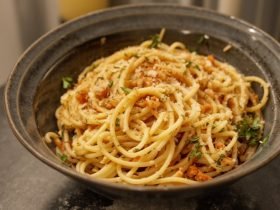

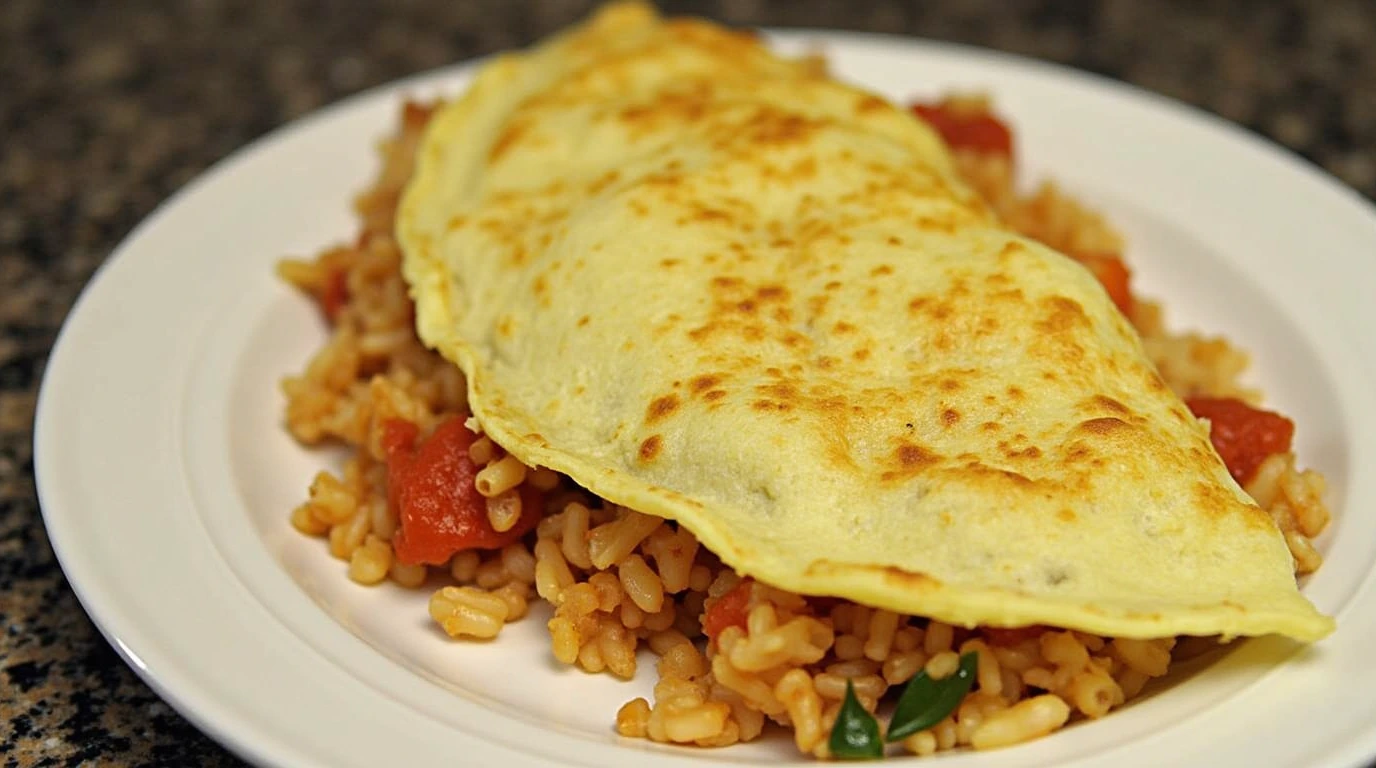





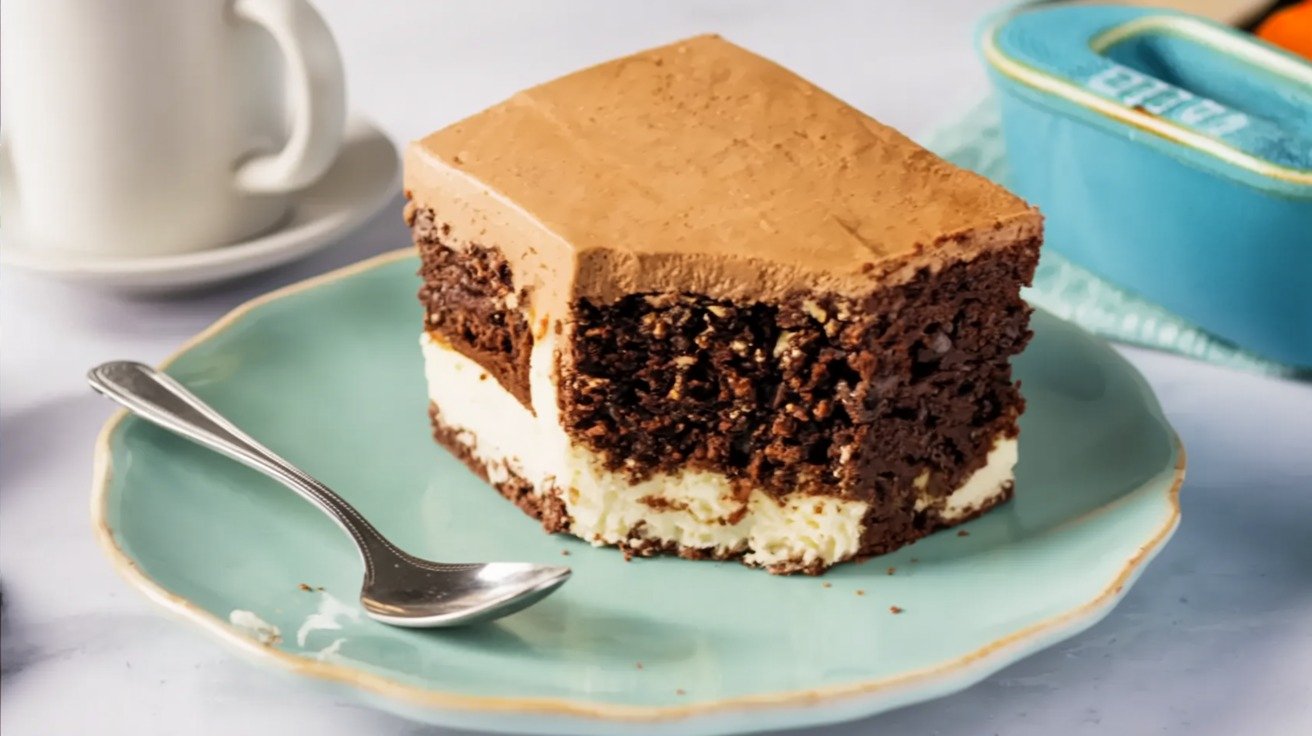

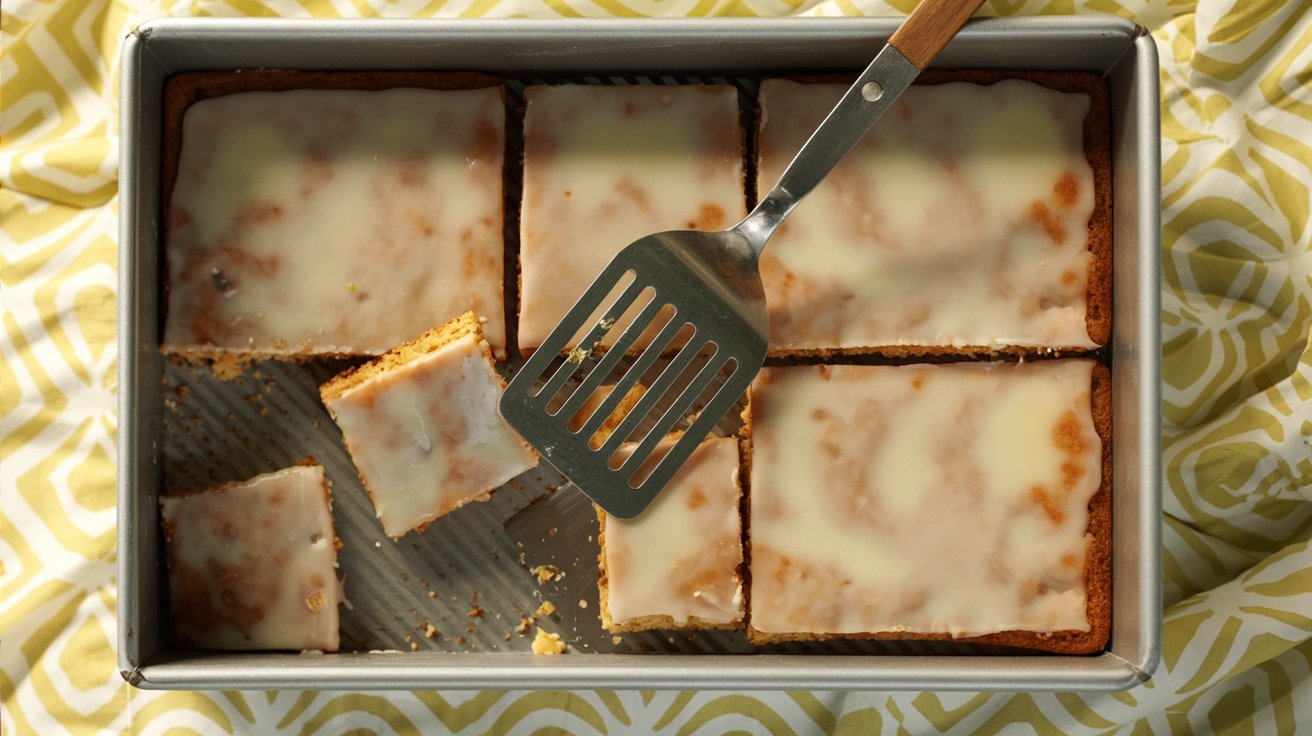
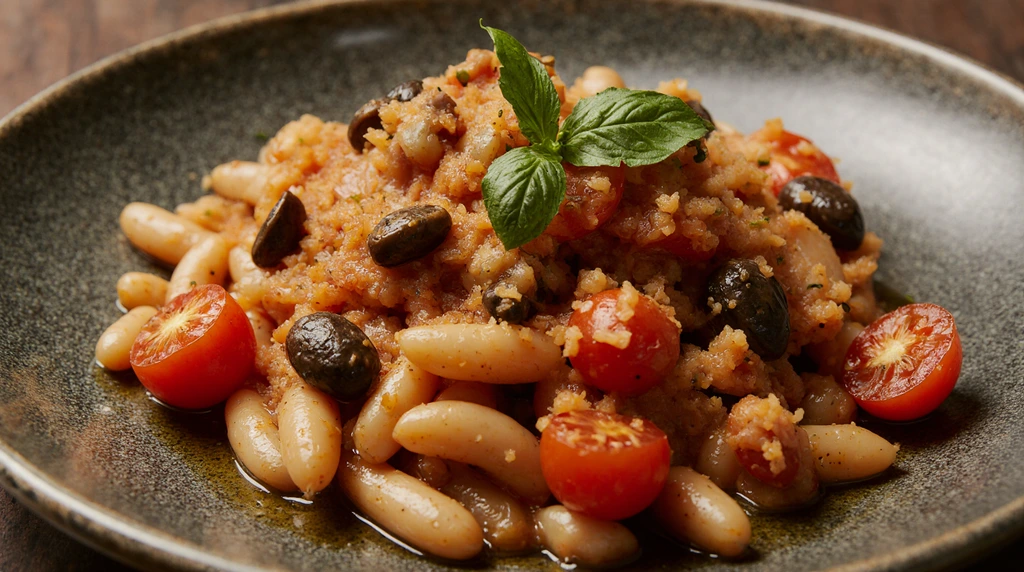
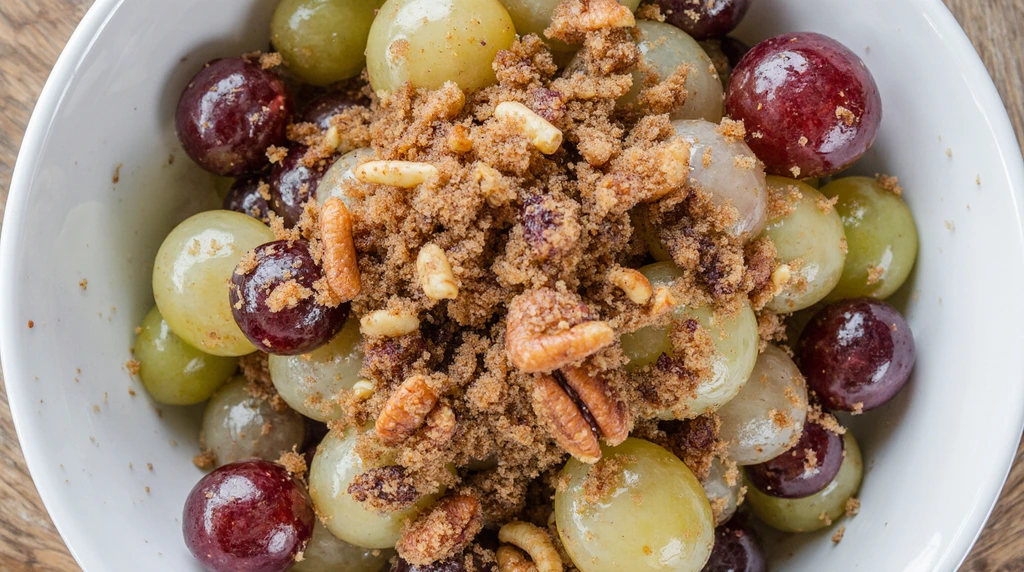
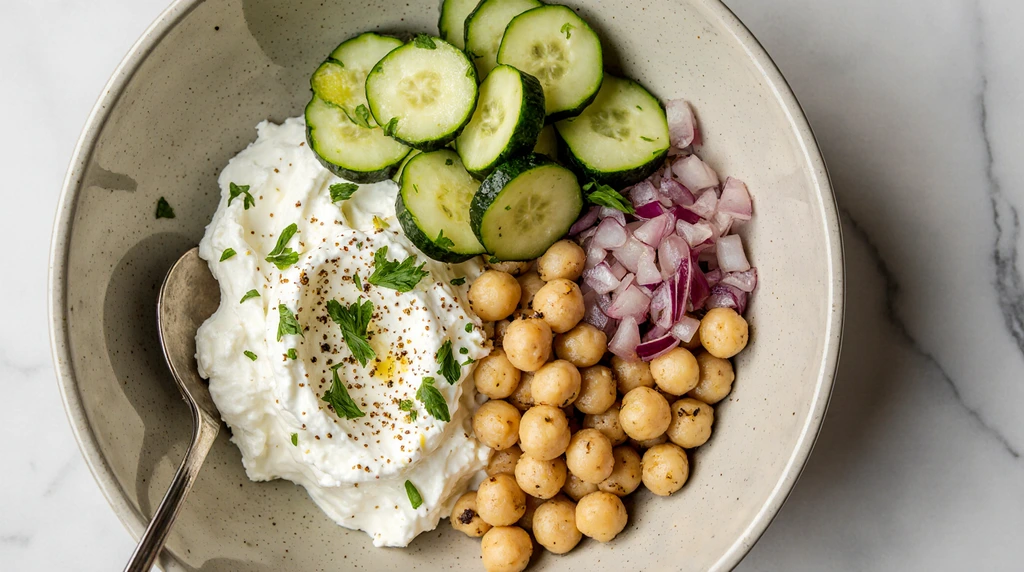
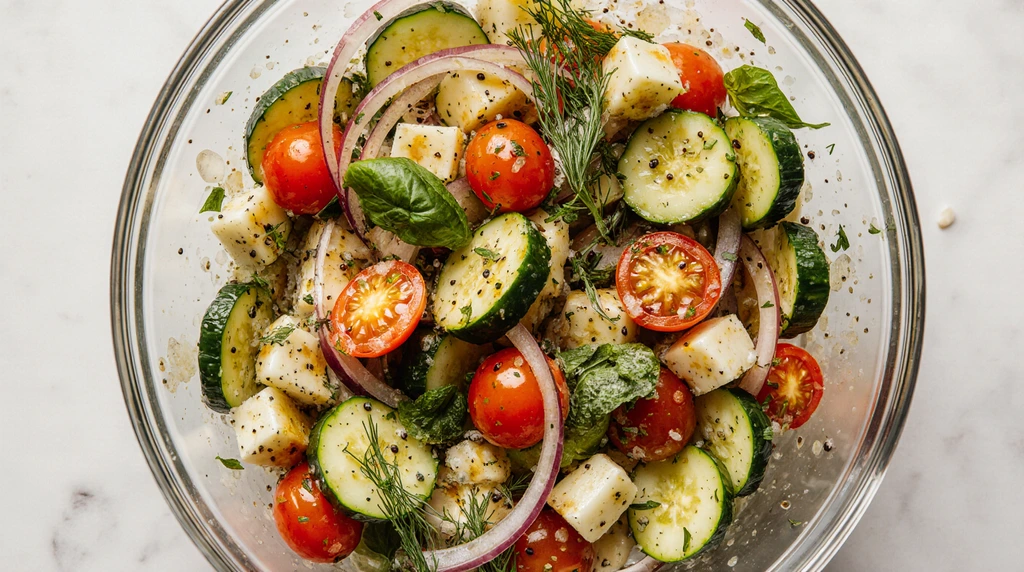
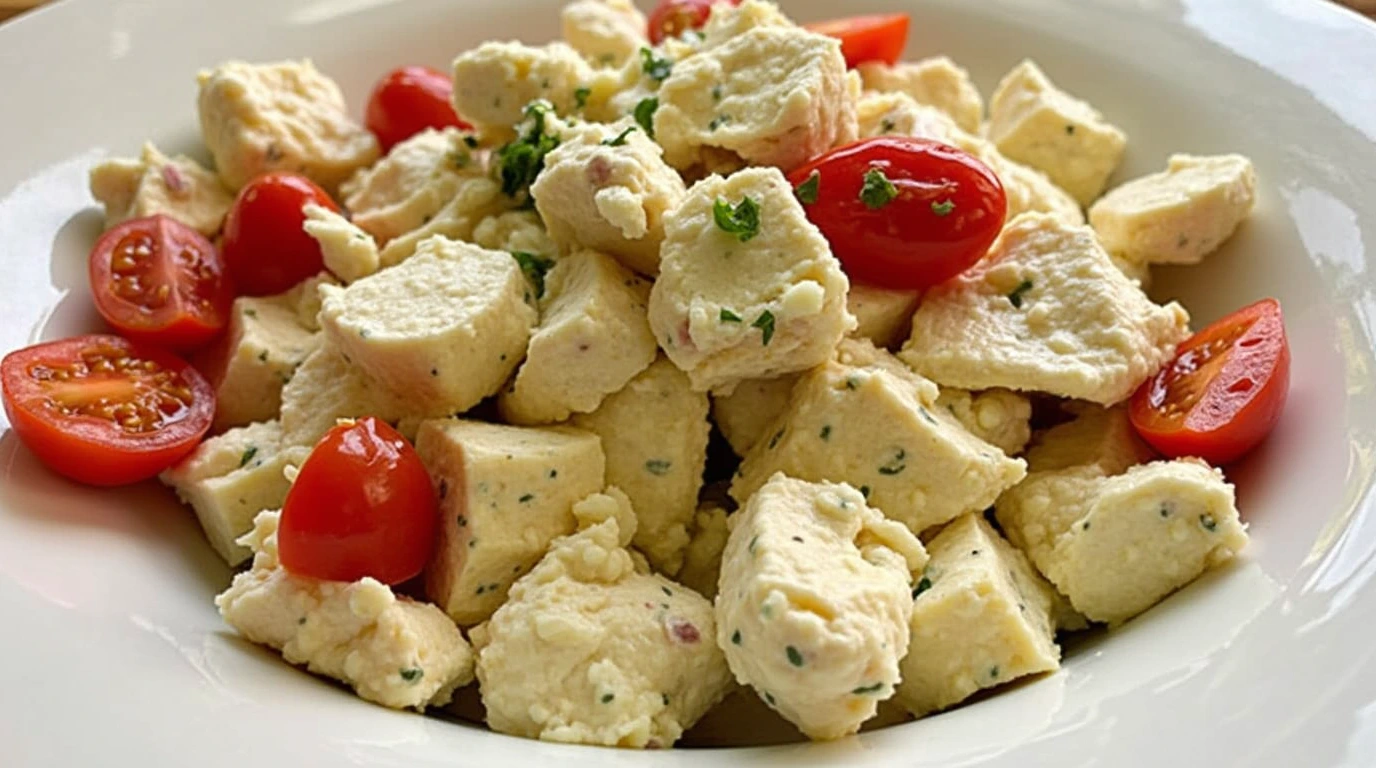
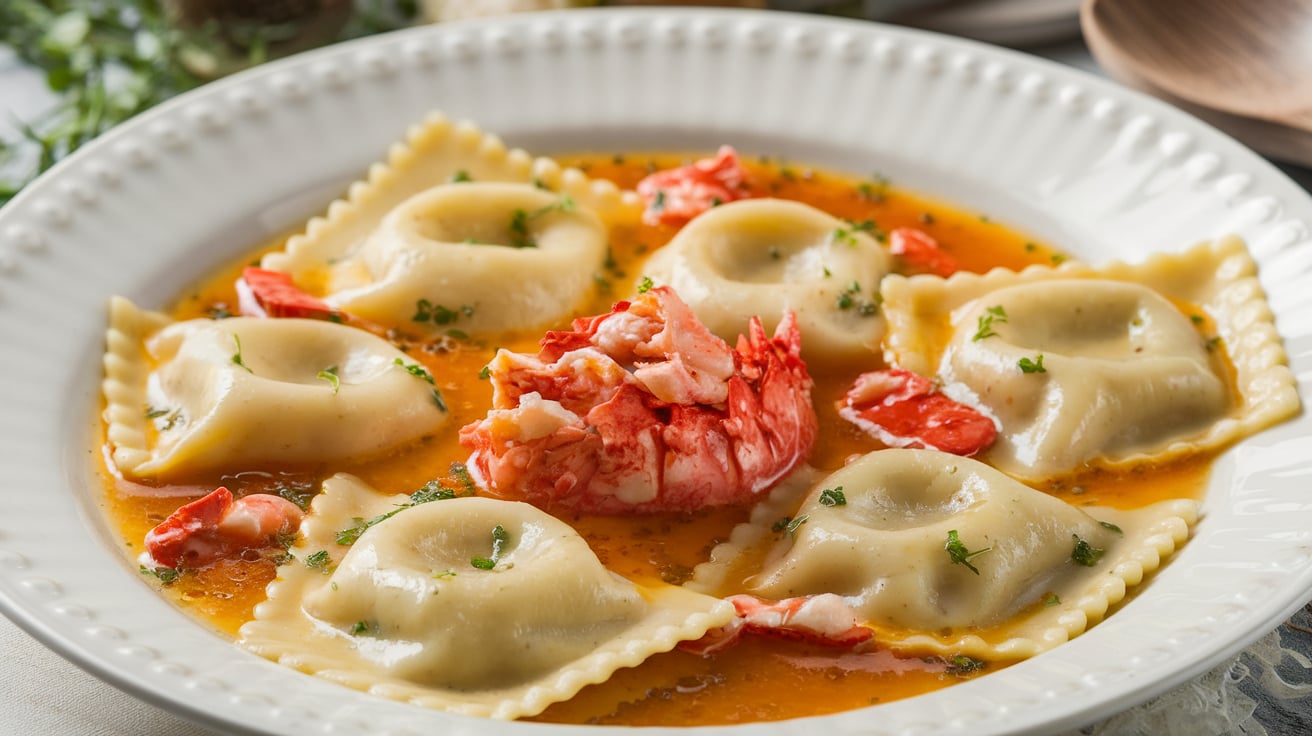
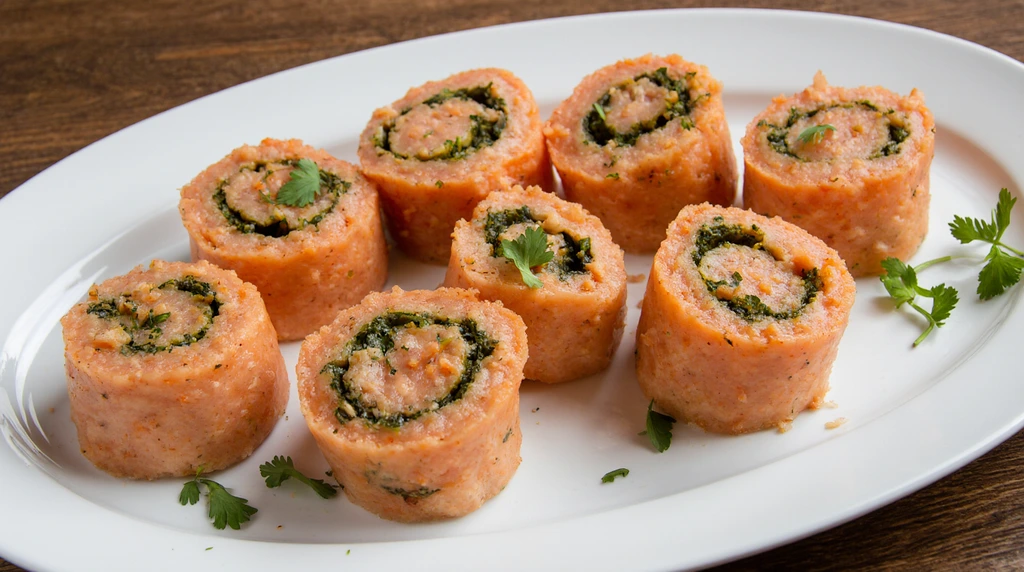
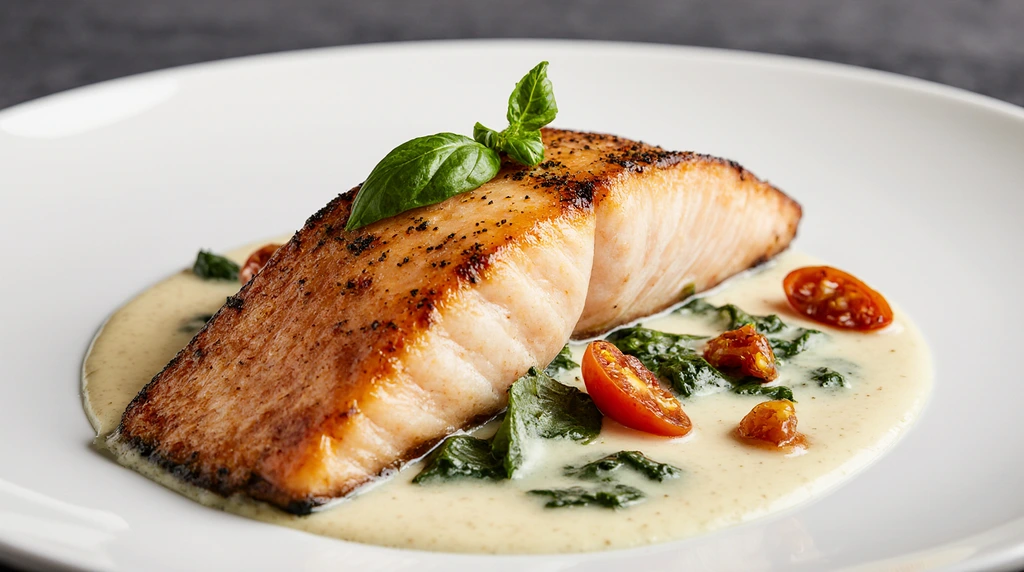
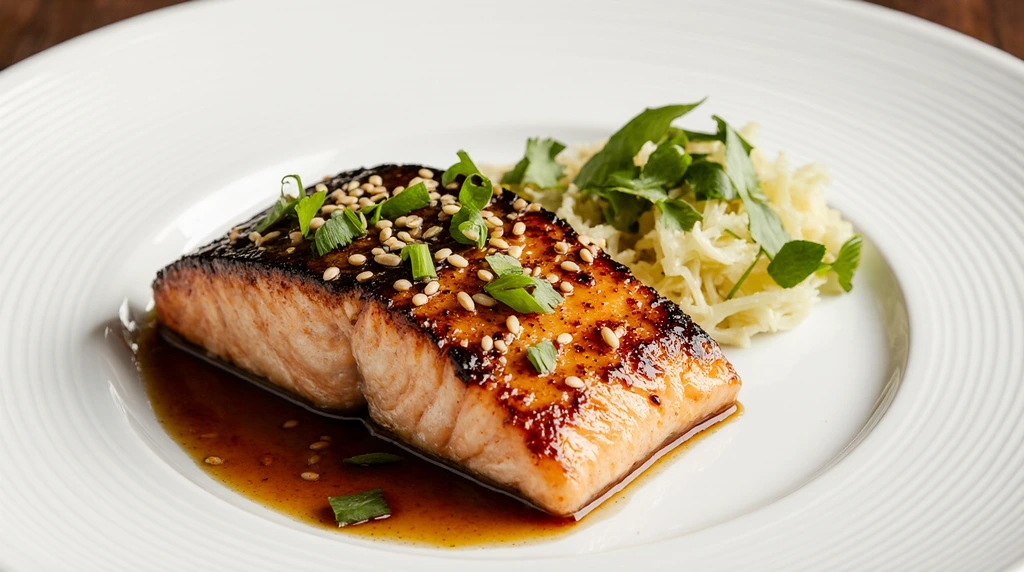
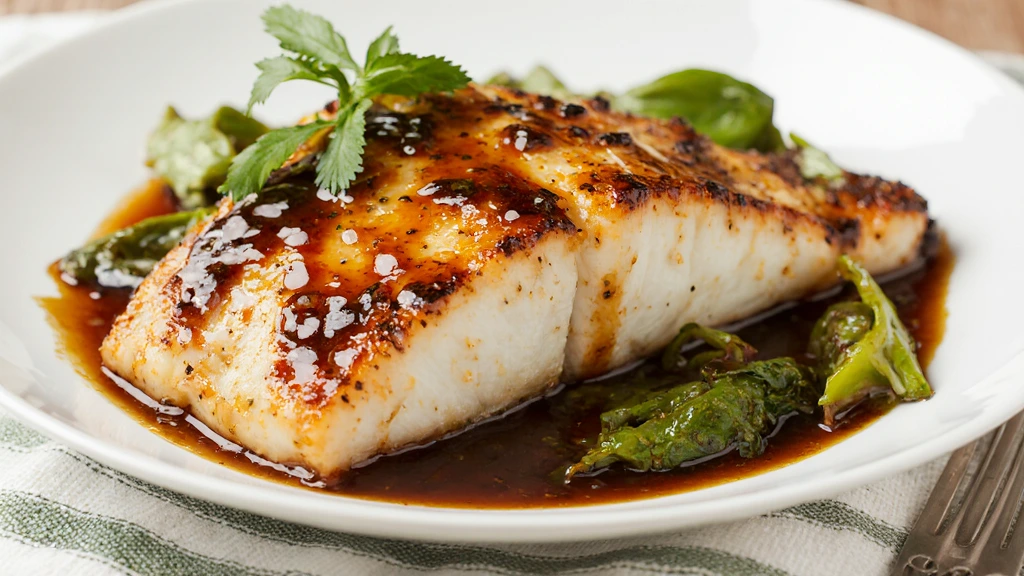
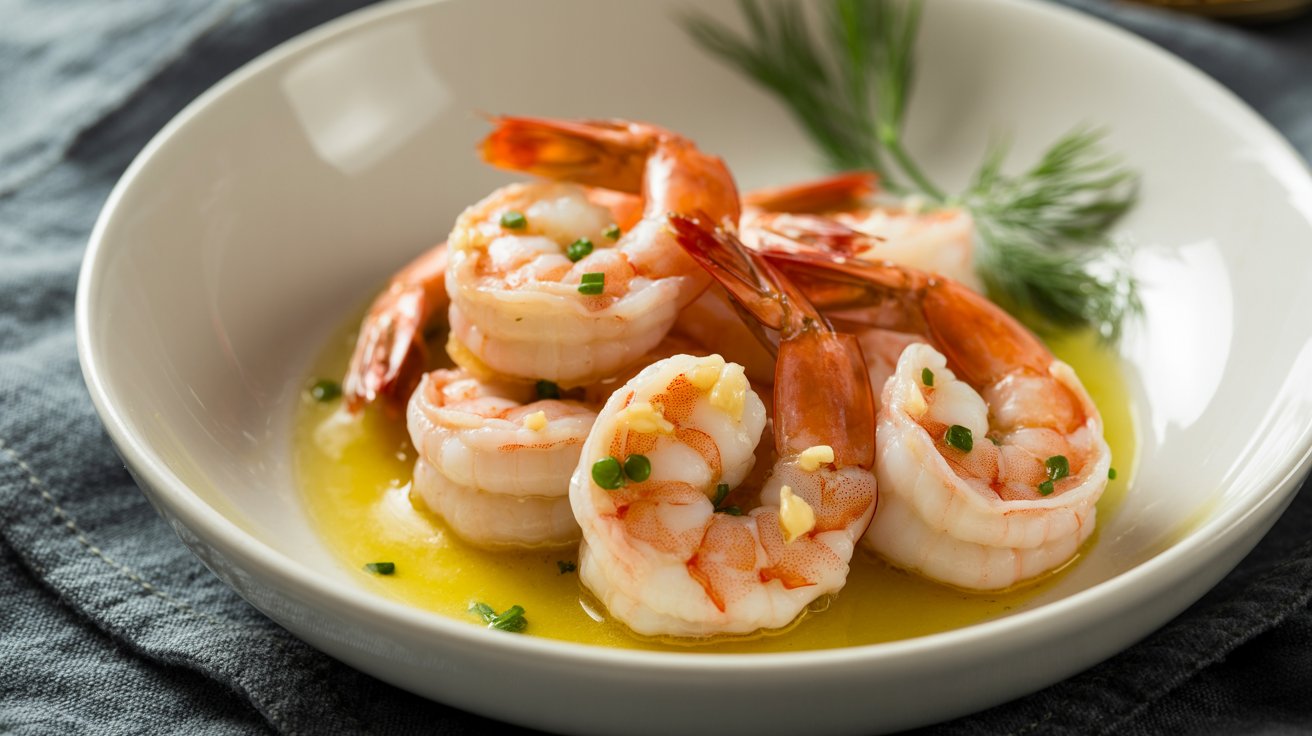

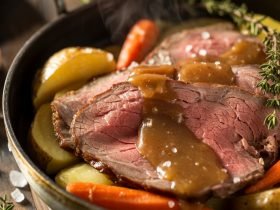
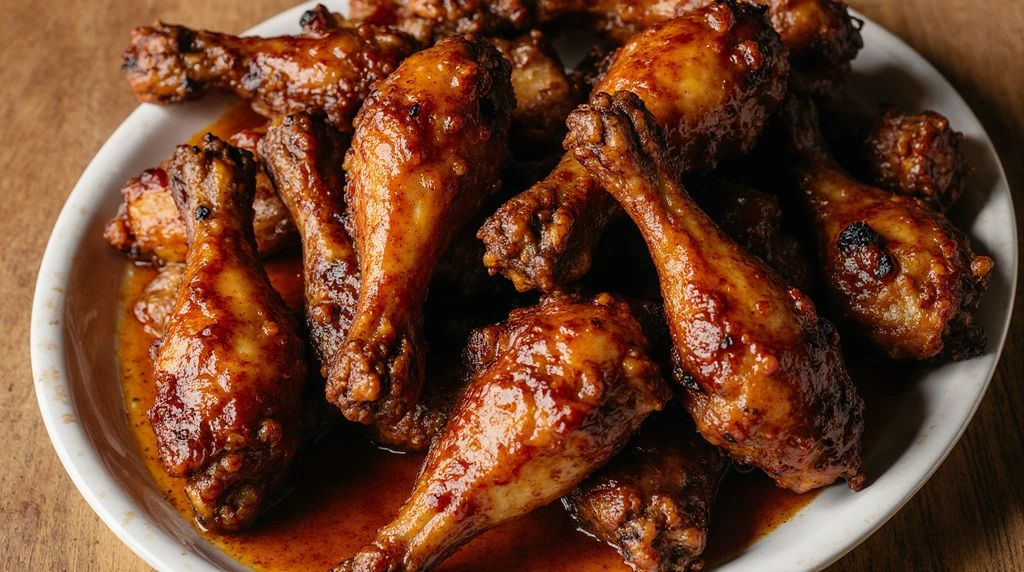

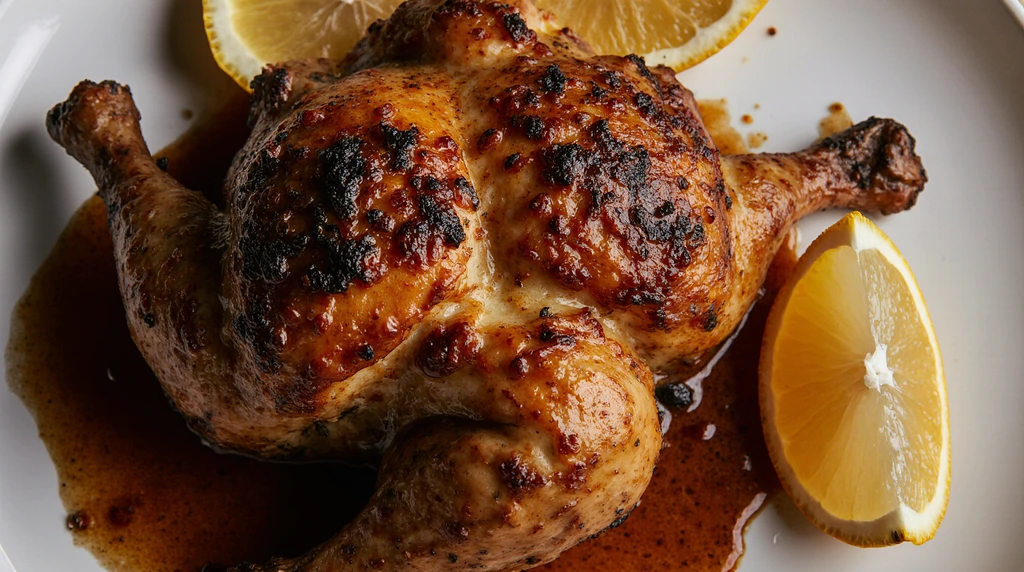
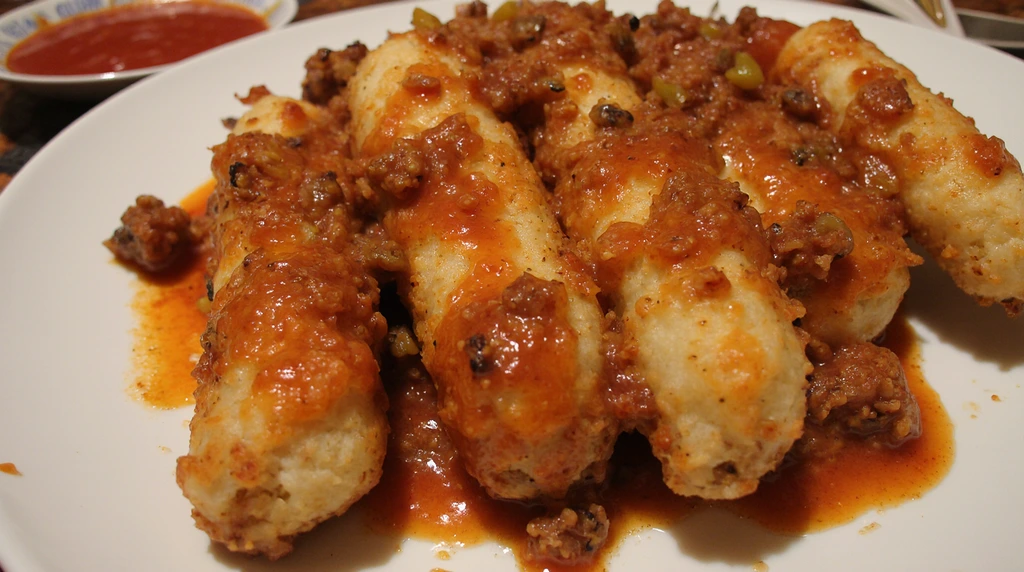
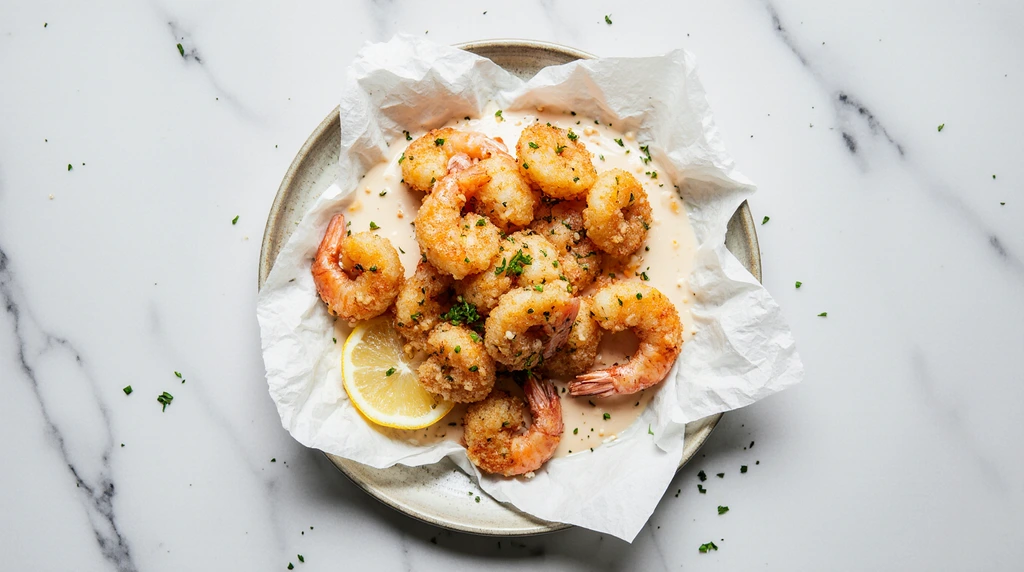
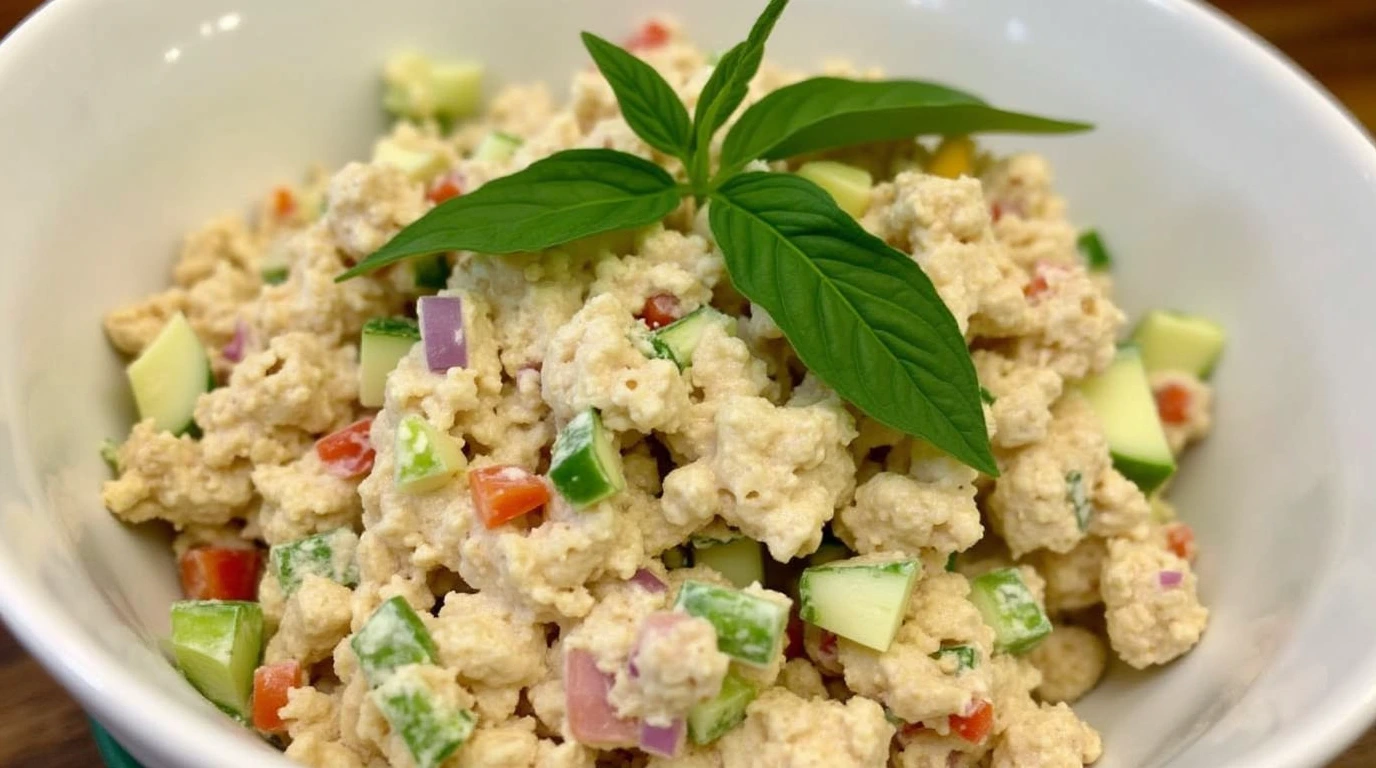
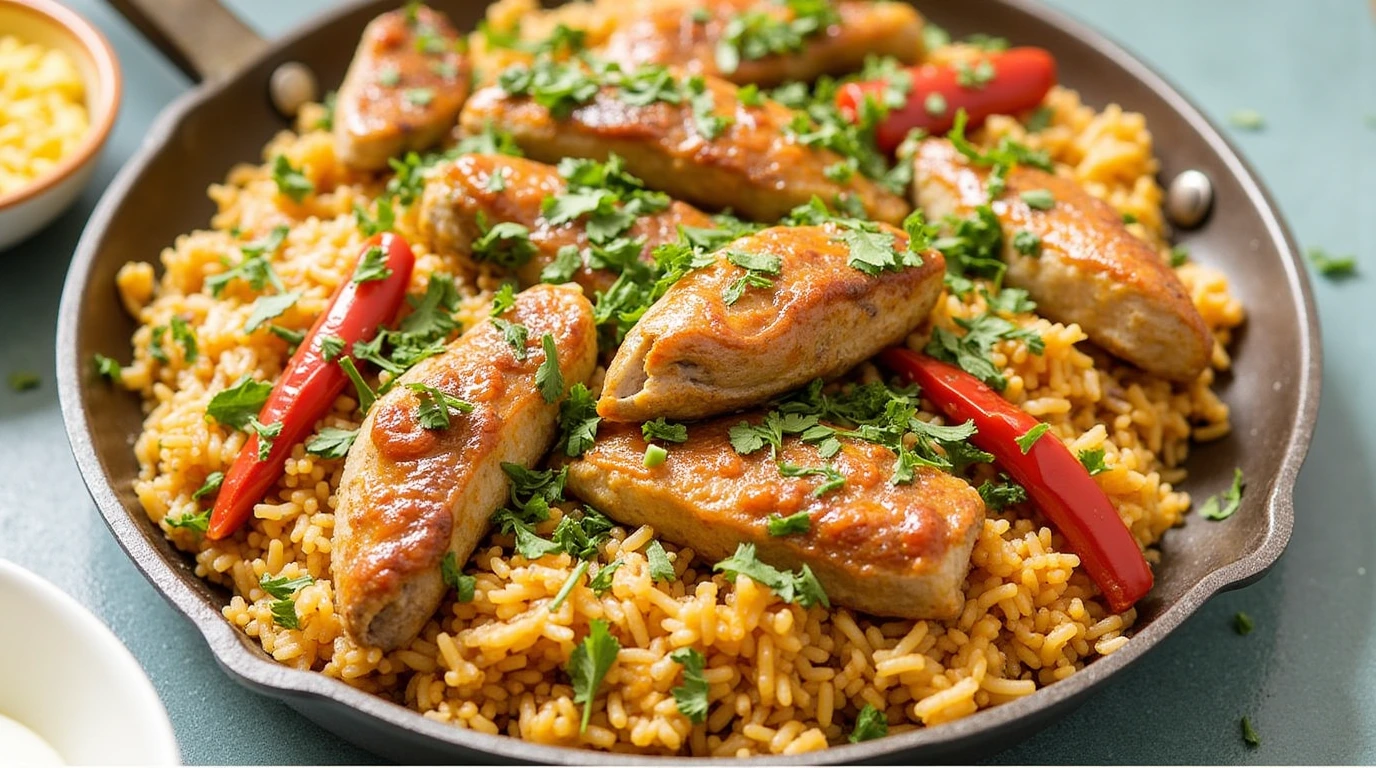
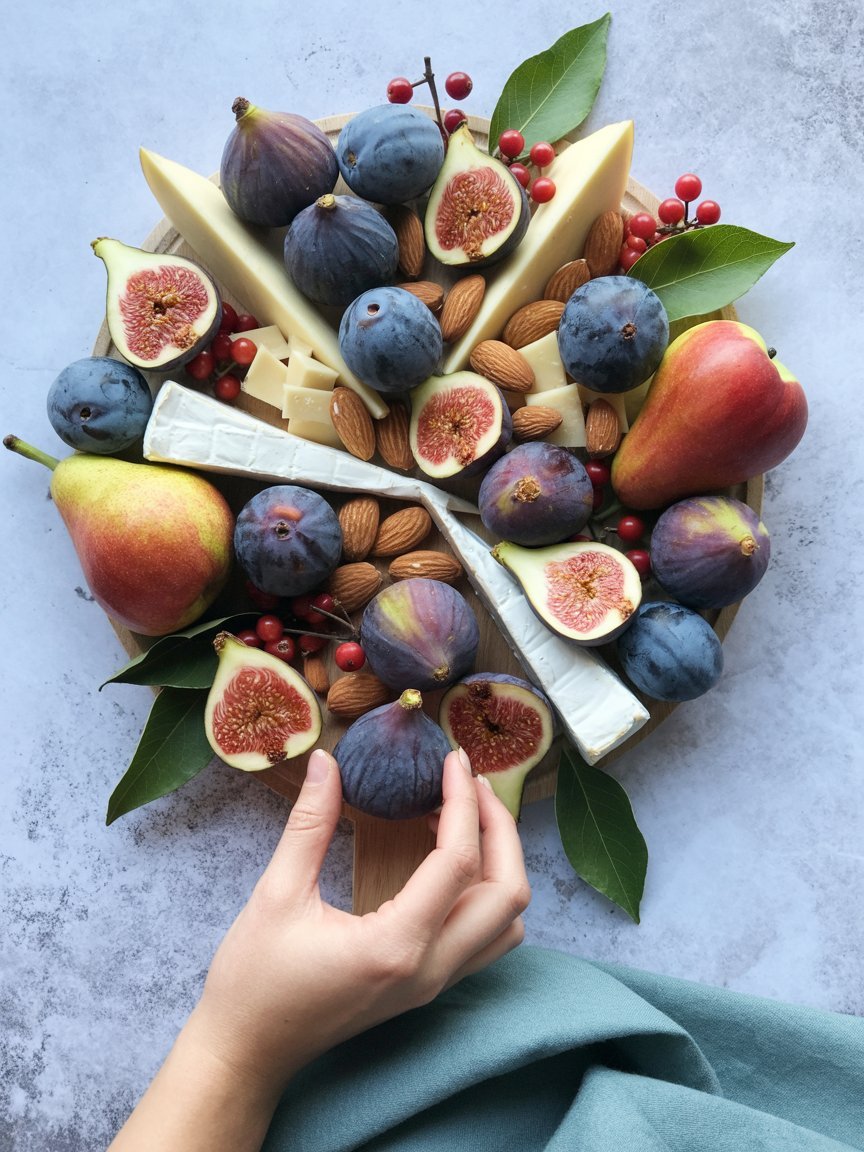
Leave a Reply